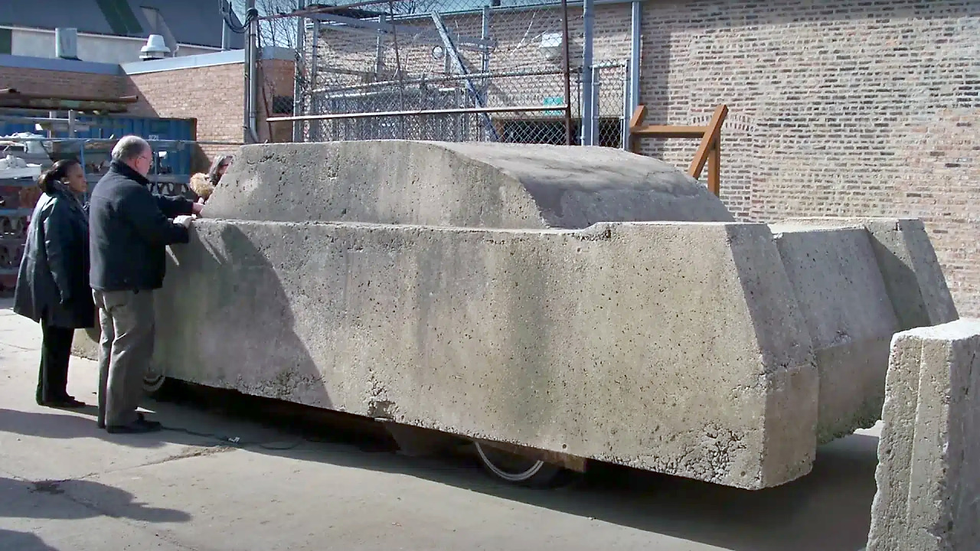1971 Toyota RV-1 Concept
- Story Cars

- Oct 14, 2021
- 2 min read
Throughout the Seventies, Toyota and other Japanese manufacturers produced a string of sports cars with a distinct US muscle car influence, notably demonstrated by the 1973 Celica liftback, which became known as the ‘Japanese Mustang.’ The Celica liftback was previewed with the Toyota SV-1 concept at the 1971 Tokyo Motor Show, and alongside that future production model, Toyota also displayed the RV-1 concept.
The shooting brake-styled RV-1 was presented to the public as a recreational vehicle (hence its ‘RV’ moniker), an image projected in the brochure from the motor show. With its extended roofline and abruptly cut-off rear, the RV-1 provided a considerable amount of storage capacity compared to the Celica coupe upon which the concept was based. The sportier design cues of the Celica were still evident but wrapped in a more sensible and practical body.
As well as having space to carry a family of four in comfort, the large rear luggage area was accessed by two futuristic gullwing-hinged window panels or via the central portion of the rear panel, which folded downwards between the novel rear lights.
Further emphasizing its lifestyle status, the RV-1 concept could also hook up to an innovative trailer designed by Toyota. Called the Marinetta, this trailer contained an inflatable tent (complete with a portable generator and air pump) and camping equipment, and its hard-shell top cover could be flipped over to become a small boat with an outboard motor. The RV-1 concept’s bold vision of a family-sized recreational vehicle wasn’t destined to become a production reality, instead of paving the way for the RV-2 concept in 1972, which incorporated a tent into its clamshell-opening rear.





































Comments